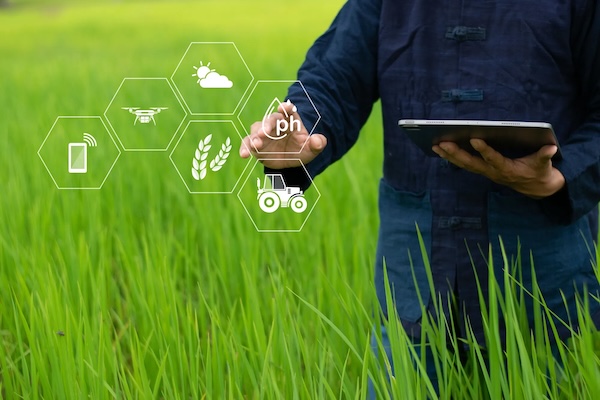Land O’Lakes and Microsoft, two organizations with very different backgrounds, have been working together to address some of agriculture’s chronic headaches—tight profit margins, unpredictable growing conditions, and a workforce that struggles with high turnover. Their latest initiative, a digital assistant called “Oz”, is less about flashy disruption and more about the realities of getting information to the people who need it, when they need it most.
At its core, Oz is a response to the practical frustrations common in the field. For years, agronomists and farmers depended on a massive printed Crop Protection guide, flipping through hundreds of pages to make critical crop decisions, or relied on fragmented spreadsheets and legacy systems that were never designed for the fast pace and complexity of modern agriculture.
With Microsoft’s technical infrastructure and Land O’Lakes’ vast agronomy data, Oz aims to put decision support literally in users’ pockets. “We’re putting 20 years of data into farmers’ hands,” says Leah Anderson, who serves as SVP of Land O’Lakes and president of its crop inputs and insights business, WinField United.
Instead of sifting through paperwork or waiting to call an expert, agronomists will be able type or speak a question into their phone and quickly receive actionable guidance based on the most current regional data. At least that is the aim.
While Oz is currently in pilot use, its mobile-first design acknowledges existing barriers related to digital adoption and broadband connectivity. Oz is meant to fill knowledge gaps, especially as workforce shortages make it harder to retain experienced agronomists. However, it isn’t a replacement for human expertise. Land O’Lakes continues to vet the recommendations Oz produces, wary of AI “hallucinations” or irrelevant outputs that could undermine trust in the tool or hurt farmers financially.
Microsoft’s broader strategy is evident: Azure, its cloud platform, has become Land O’Lakes’ main digital infrastructure, supporting not just Oz but also data analytics platforms and supply chain tools. By shifting more processes to the cloud, Land O’Lakes can centralize its operations and standardize insights across its massive network. But, the process isn’t seamless. Rural internet access, data quality, and the need to coach users through new tech remain persistent hurdles.
Oz is significant, not just as a technical product but as a sort of litmus test for how AI might actually be adopted in day-to-day, operational agriculture. The hope is that it will save time, make detailed crop plans more accessible, and allow less-experienced agronomists to onboard faster and contribute more effectively. But, as with most tech in agriculture, its value will ultimately depend on how well it functions in the unstructured, unpredictable climate of the farm. Mort importantly, success may depend on how quickly farmers and staff trust it enough to make it central to their workflow.
For now, Land O’Lakes and Microsoft’s work on Oz signals an ongoing experiment, more about testing how AI might play a practical role in agriculture, with the results still very much unfolding in the fields. Anderson adds that farmers have more to look forward to from the Land O’Lakes-Microsoft partnership. “American farmers are under incredible pressure—we see the stress on their faces,” she says. For those farmers, “it’s about reducing uncertainty, and nobody knows more about that than we do. What we’re doing with Oz is really the tip of the iceberg as to what we’re going to be able to do with AI.” (Sources: Fortune, Fast Company, Microsoft)






